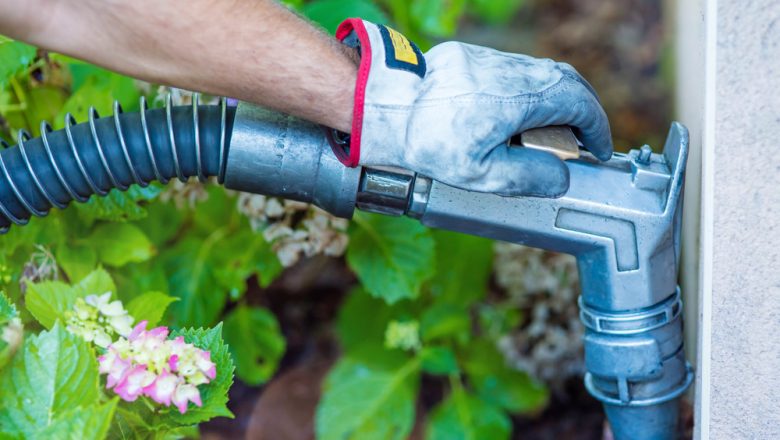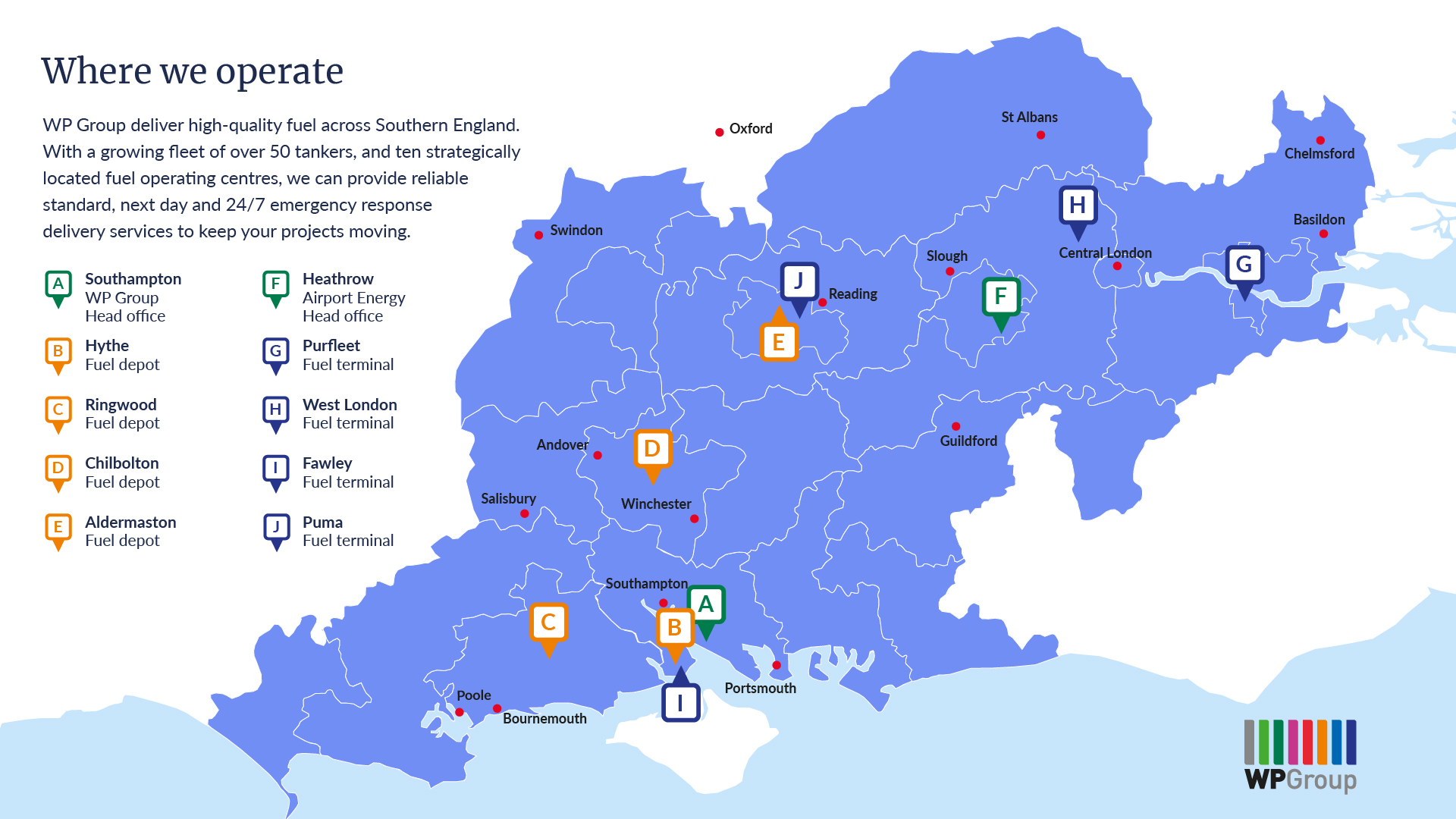Key steps to maintaining your tank
Published Monday 29 March, 2021

With the storing of fuel for periods of time, ensuring your tank is regularly checked and maintained is essential, the consequences of not maintaining your tank can be very serious and costly, such as oil leaks causing environmental damage or fire hazard. Like many things, there are a variety of different tanks available in the market: they can be metal or plastic, above ground or underground. Different tanks can require specific maintenance, but there are some fundamental measures everyone should undertake to ensure your tank remains in good condition.
Our in-house experts have come up with the following steps are key to help maintain your tank, and consequently improve its operational life:
- Location, Location, Location
Where the tank is kept plays a crucial role in preventative maintenance. It is important to keep the tank on a solid, level surface that is protected from strong winds. If the tank is located below trees, you’ll need to check the tank regularly to ensure branches haven’t fallen onto and damaged the tank.
Make sure the tank is accessible and the ground around the tank is clear from vegetation or debris. This isn’t just to make access easier for your delivery driver, but enables you to thoroughly inspect the tank and clearly see any damage or leakage.
- Checking the exterior…
It is crucial to regularly inspect the entire exterior of the tank for signs of wear and tear, and damage. Watch out for bulging, cracks, large scratches and corrosion, and examine any pipework for leakages. It is also important to check the legs of the tank – they shouldn’t be rusty or bent, and the leg brackets should be firmly fitted to the tank.
If you have a plastic tank, make sure to check the colour. A pale colour is a result of the tank being bleached by the sun, and is therefore more likely to break. If you have a metal tank, ensure you regularly check it for signs of rusting.
Don’t forget to check the ground around the tank. Dead vegetation, dark patches and a strong smell of oil are all indicators of a potential oil leak.
- …and the interior.
You’ve completed your external checks, now it’s time to check inside the tank. Look for signs of condensation or water inside the tank and the filter. The oil should look clear. Water in the tank causes corrosion and rust which degrades the structural integrity of the tank, as well as potentially contaminating the fuel, resulting in damage to your heating system.
Vents and gauges should be properly sealed to prevent water entering the tank. An effective way to prevent condensation is to not let the oil level get low, so keep your tank topped up, especially during the summer.
- Routine check-ups
Regularly carrying out these checks is the key to effectively maintaining your tank. Making it part of your weekly routine will help to prolong the tank’s operational life, and prevent costly tank repairs or the need for a complete replacement. As well as the regular checks you can perform, it is important to have your tank professionally inspected at least once a year.
Routinely following these maintenance steps will help to increase the longevity of the tank and prevent serious issues such as oil leaks, saving you significant time and money in the long run. Ultimately, maintaining your tank is just part of being a responsible homeowner.
If you have any questions or queries regarding your fuel tank or fuel quality, take a look at our Fuel Services or get in touch by calling 0800 980 6172, or email enquries@thewp-group.co.uk





